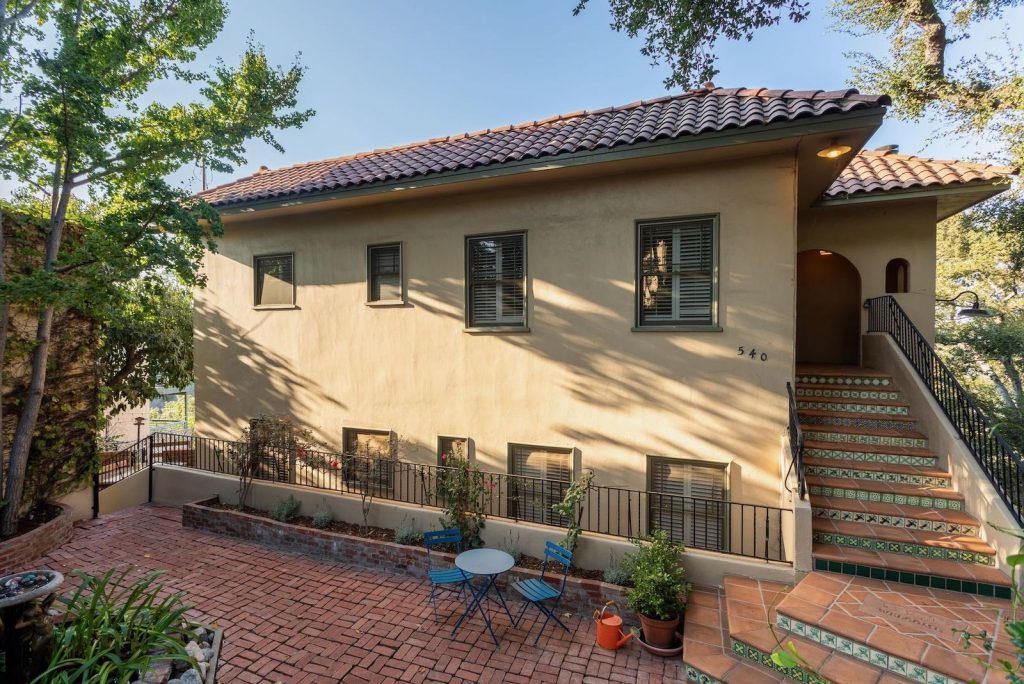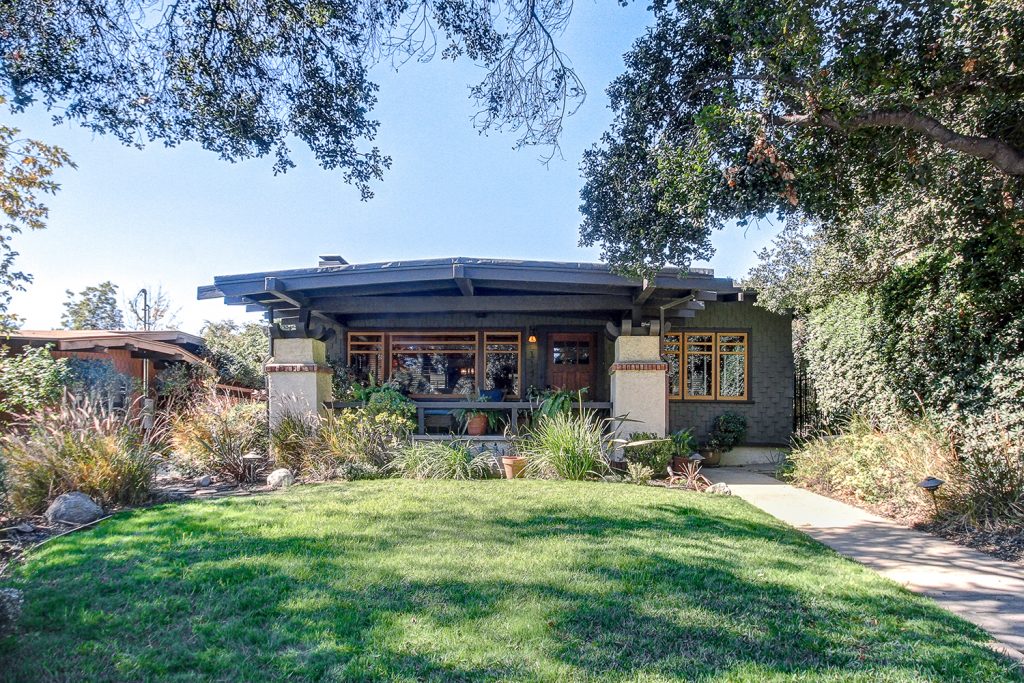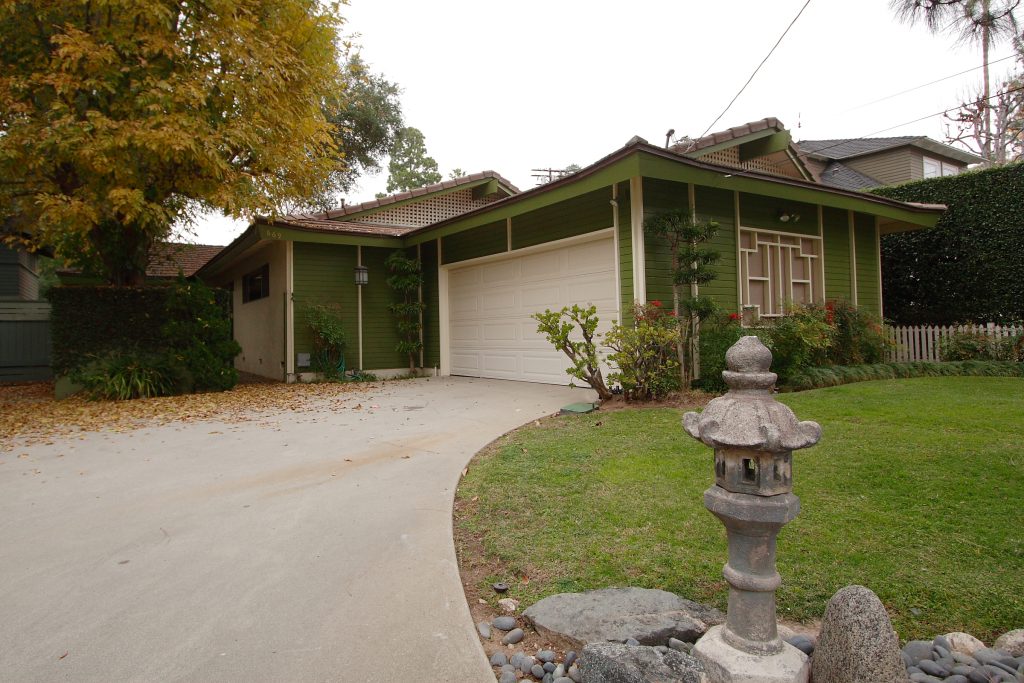Coldwell Banker
388 S. Lake Avenue,
Pasadena, CA 91101
office: 626.797.6500
Email: [email protected]
Housing Inventories Rise for Eighth Straight Month
Housing inventories rose in many U.S. cities for the eighth straight month in August in a sign of the continued headwinds facing a soft housing market.
The number of available homes for sale in 26 major metropolitan areas at the end of August increased 0.4% from one month earlier, according to figures compiled by ZipRealty Inc., a real-estate brokerage firm based in Emeryville, Calif. The figures include all single-family homes, condominiums and townhouses listed on local multiple-listing services in markets where the firm operates.
Inventories traditionally rise modestly in August. Zelman & Associates, a research firm, says listings have typically risen by 2% in August over the past 28 years.
The less-than-average gain in inventories is troubling, nonetheless, because demand has fallen sharply since a tax credit to spur sales expired earlier this year. At the current pace, it would take 12.5 months to clear the backlog of unsold homes, according to the National Association of Realtors. A healthy market typically a six-month supply of homes. Inventories nationally remain at their highest levels since November 2008, according to Zelman data.
The August inventory in the 26 markets tracked by ZipRealty showed a 10.6% year-over-year increase in the number of unsold homes listed for sale. A number of cities, including Houston, Philadelphia, and Orange County, Calif., remain at 18 month highs. “It’s across the country where you’re seeing really big inventory levels,” says Pat Lashinsky, chief executive of ZipRealty.
The biggest gains in inventory continue to come from overheated Western markets where bidding wars on foreclosures pushed the housing supply down to very low levels one year ago. Las Vegas saw inventory rise by 9.3% from July, while listings were up by 4.6% in Phoenix and 3.8% in San Diego.
Compared to one year ago, inventories are up by 59% in San Diego, 43% in Orange County, Calif., and 25% in Los Angeles.
One big problem facing the market are the number of home sellers who can’t lower their prices any further without selling their home for less than they owe. Those sellers are often unwilling to reduce prices. Buyers, meanwhile, think prices are going to drop and interest rates aren’t going to rise soon, leaving them little incentive to make a deal now. Sellers and buyers “are waiting for the other one to make a move, and neither one is,” says Mr. Lashinsky.
One of the biggest misconceptions about the market right now, he adds, is that there’s no interest in housing. There are plenty of buyers waiting the buy, he says, but not at current prices.
On a monthly basis, inventories fell in half of all markets, led by Austin, Texas, which was down 3.8%, followed by Charlotte, N.C., (down 3%) and Boston (down 2%). For the year, inventories are down in Miami (8.6%), Chicago (2.2%) and Orlando, Fla., (2.2%).
Inventories are falling in more markets in part because sellers are just taking their homes off the market. “Sellers have realized, ‘I just can’t get the price I want. Instead, I’m going to stay here,’” says Mr. Lashinsky. While that may work for buyers who just can’t lower their prices any further, he says, “if you think you can put it back on nine months later for 10% more, that’s not a very wise strategy.”















































